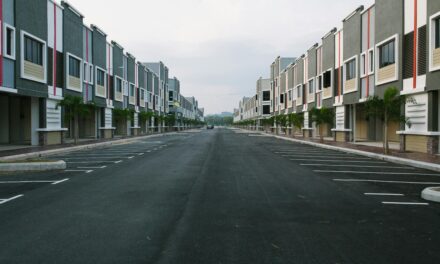Beachfront homeowners in Newport Beach have an encroachment problem, and the city isn’t doing much to help them kick the habit.
The encroachments — improvements on a real estate parcel which extend into property owned by someone else (in this case the city) — are occurring along prime beachfront property.
The Newport Beach City Council voted to okay the beach encroachments — but only those up to 15 feet deep and the length of the property. Their reasoning is the beaches are deep and 15 feet of encroachment will only impinge on a negligible amount of public beach. The encroachments also cannot require a building permit or house any structure taller than three feet, according to the OC Register.
To keep the encroachment, homeowners will have to pay a small fee to the city. The fee varies by property, ranging from $728 per year to $3,656 per year, even though the property the owners are encroaching upon is worth millions of dollars.
The encroachments have yet to be approved by the Coastal Commission, which has a history of being lenient on Newport Beach residents. For example, in West Newport, 227 properties pay annual fees to maintain encroachments on city land.
Encroachments, easements and more
In California, the precedent for legal encroachments are many.
Any property owner is entitled to prevent or end an unauthorized intrusion onto their land. But an encroachment is allowed when a substantial improvement intrudes onto the property and it will cost the encroaching neighbor far more to remove or move the improvement than the harm inflicted on the owner burdened by the encroachment.
In the case of the Newport Beach City Council’s decision, their reasoning was that the harm done by the encroachments was small compared to the wide expanse of beach still available to the public.
Therefore, whether an encroachment is allowed or not is determined by balancing hardships or equities. The conditions that need to be met to grant the encroachment are:
- the owner of the property encroached upon cannot suffer an irreparable injury due to the encroachment;
- the encroaching owner needs to have acted innocently and in good faith; and
- the cost to the encroaching owner to remove the encroachment needs to greatly exceed the harm done to the owner of the encroached upon property. [Christensen Tucker (1952) 114 CA2d 554]
In the Newport Beach situation, it’s unclear whether the above conditions were met. But the city’s history of allowing encroachments to continue is long and expected to continue. The city’s decision privileges homeowners use over residential and visitor use of the amenities encroached upon — amenities that, if reduced significantly, pull down surrounding property values.
When the owner is allowed to continue the encroachment, the encroaching owner is granted an equitable easement to maintain the improvement on the other’s property. The neighbor also needs to compensate the owner as a form of rent for the portion of the property encroached upon. However, the easement is not the same as receiving title to the encroached upon property, which is considered excessive. [Christensen, supra]
Similarly, a prescriptive easement is established by an owner’s adverse use of the property for a period in excess of five years, without the neighbor claiming ownership. Essentially, if the encroachment lasts long enough it’s allowed to continue.
For more reading on encroachments and the various types of easements allowed under California law, see Legal Aspects of Real Estate, available through the first tuesday Realtipedia:
- Chapter 10: Encroachments: crossing the line
- Chapter 13: Easements: running or personal
- Chapter 14: Creating an easement
- Chapter 15: Interference and termination of easements; and
- Chapter 17: Easement maintenance costs.














